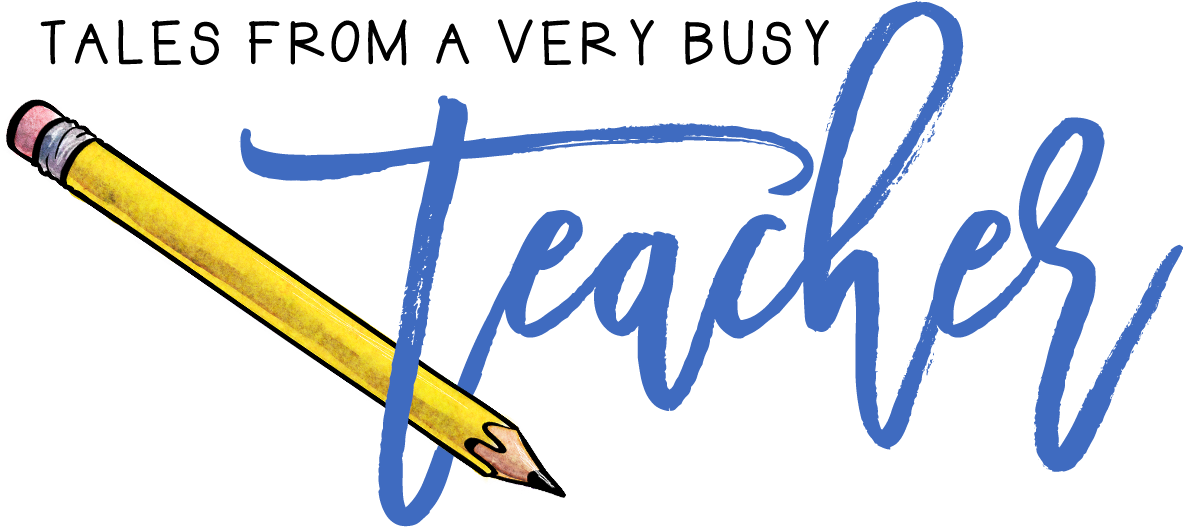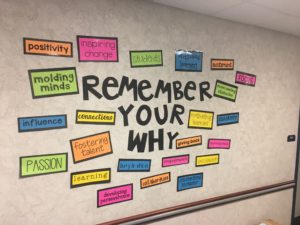Education is full of buzzwords and ever-changing, evolving ideas.
One buzzword you might be hearing lately is “teacher clarity. ” But, what does it even mean?!
Basically, teacher clarity is really just the communication between teachers and students, in both ways. Not just a teacher telling their students what to do, but students communicating to their teachers how they’re feeling and the learning goals, their levels of understanding, and what support they still need. You can also think about it as making sure you understand what your students need to learn, and that you can identify how they will know that they learned it.
It may seem like teacher clarity is something you have to do, but it’s actually things you’ve already been doing. Take a look at these 6 ways to practice teacher clarity and see how you’ve been practicing teacher clarity:
1. Create success criteria that align with learning goals
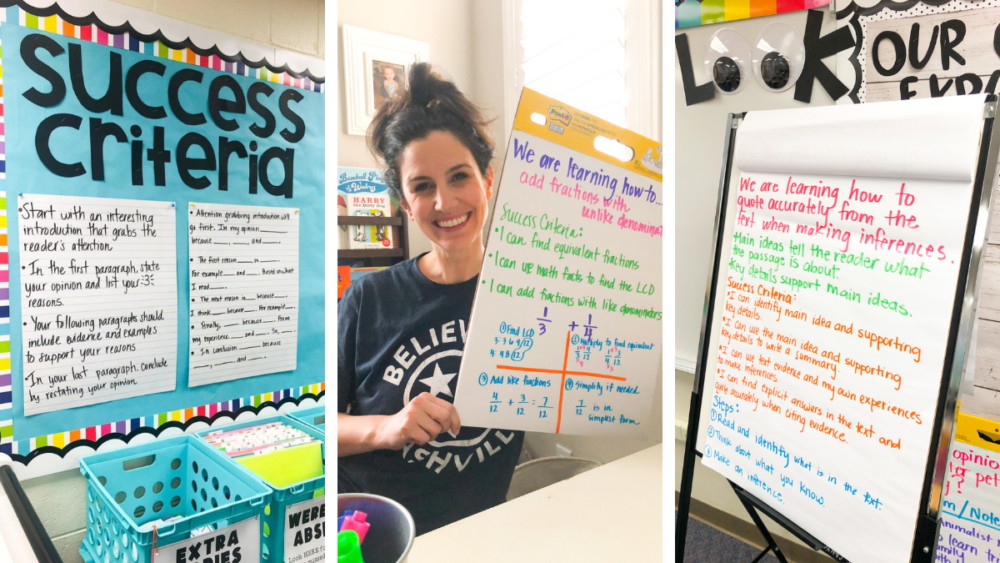
Success criteria give students the tools to understand if they’ve met the learning goals. They can be “I can” statements of what students can already do, that align with the learning goal. Success criteria can also be rubrics, the big idea in a lesson, or procedural steps to learn a math or ELA skill. When you’re communicating how to meet the learning goal with students, you’re showing teacher clarity. Learn more about success criteria with my Success Criteria Workshop.
2. Give students opportunities to assess their own learning
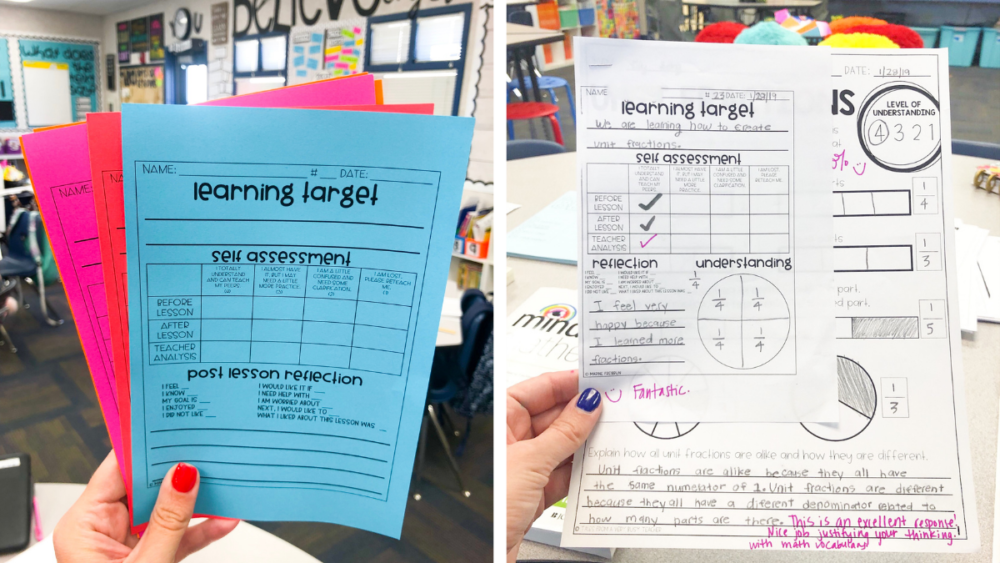
When you give your students the opportunity to assess their own learning, they’re empowered to take ownership of their learning. They can also communicate to the teacher how they’re feeling about meeting the learning goal. Essentially, you can have students assess their own learning before and after lessons by using self-assessment tickets. Ask students to rate their level of understanding after you state the learning goal, and then when the lesson is over, ask students to rate their level of understanding again. Hopefully, students’ understanding improved, but if it didn’t, this is an opportunity for a student-teacher conversation.
3. Intentionally include students in the assessment process
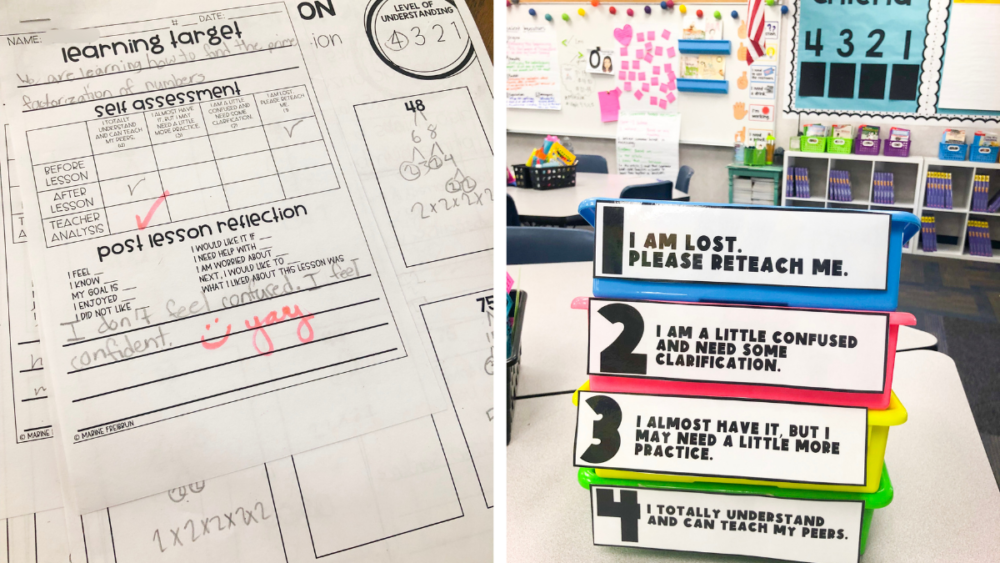
Assessments aren’t just summative. Include students in the formative process by using entrance and exit tickets, self-assessment tickets, and self-assessment bins. Have students use target responses to evaluate their own writing and provide themselves with feedback. Give students an opportunity to see different types of assessment questions you’ll have on end-of-unit tests so there are no “gotcha” moments. Communicate the assessment goals and purpose.
4. Provide students with rubrics and writing exemplars
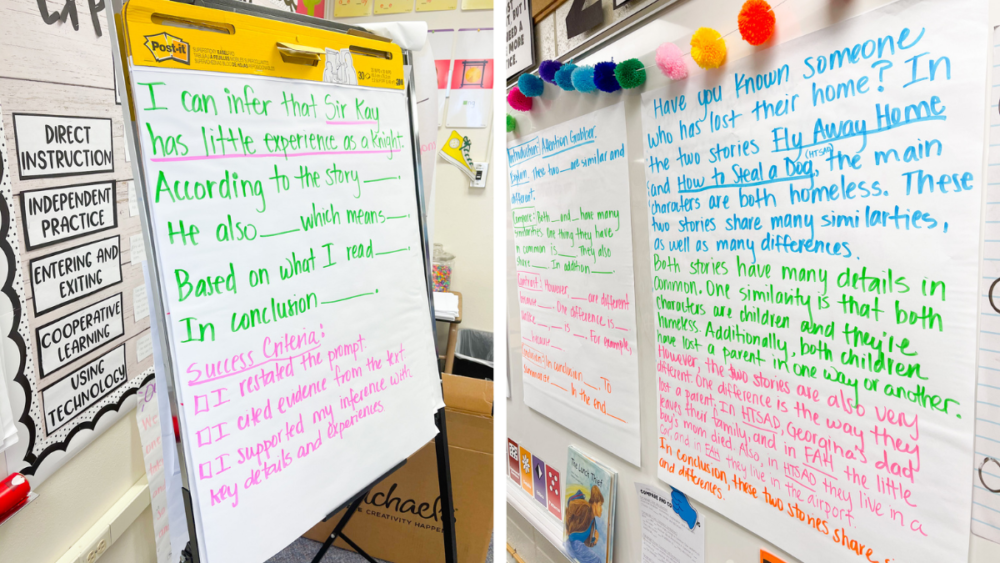
Some teachers might think by giving students writing exemplars, or target responses, they’ll just copy the example. The truth is the target response gives students the tools needed to know what’s expected in their writing. Students can refer to the rubric and target response and compare it to their writing response to see if it is aligning with the learning goals. It might even encourage students to write and exceed what is listed in the target response. Our goal is to communicate what we expect and be clear with our students. This is teacher clarity.
5. Build strong student-teacher relationships
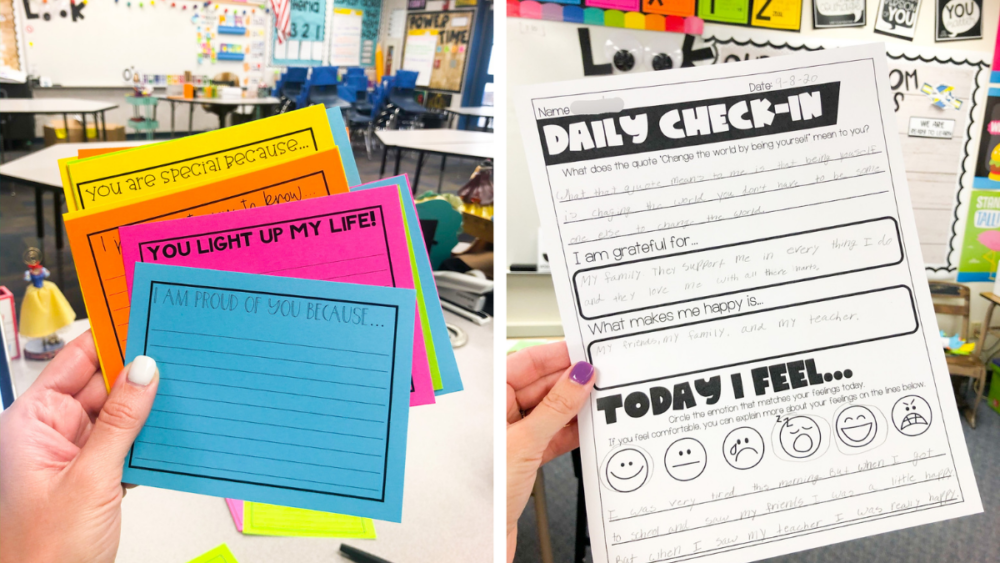
This one is simple. Greet students each morning with a smile and notice the little things like new shoes, a fresh haircut, or a sad face. Ask students questions, with daily check-ins, about their day and show that you care. You can use simple notecards to write encouraging words, or you can recognize students as “Student of the Day” at the end of each day. Students are more likely to engage in learning when they know their teacher likes them.
6. Encourage students to be reflective and celebrate growth
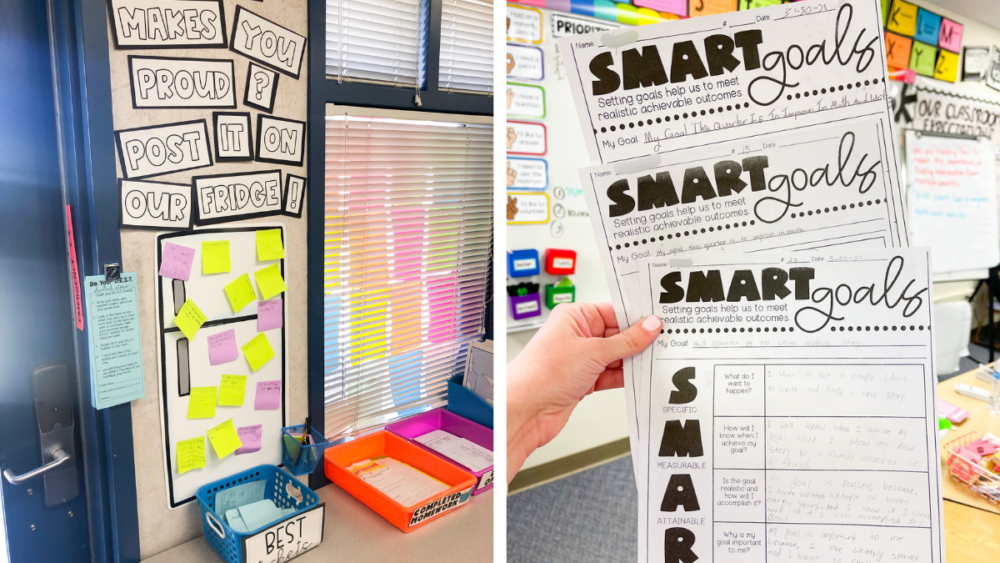
Everybody learns at a different pace. Make sure your students know you know that. Make students aware of their own growth by implementing motivational bulletin boards or by calling parents to let them the positive things their kids have accomplished. If students didn’t show proficiency in certain areas, make a plan of action with the student so they can show growth during the next performance task. Use S.M.A.R.T. goals, positive notes, and self-reflection to get your students aware of their own progress.
